Centralized Catalog, Faster Publishing: 40ParkLane’s Marketplace Success with CedCommerce
Reading Time: 4 minutesAbout the Brand: 40ParkLane LLC Studio40ParkLane is a design-led print-on-demand brand created…
Through a new Google Merchant Center integration, CedCommerce merchants should be able to offer more accurate delivery speed estimates on Google channels, based on customers’ locations and the products they’re considering. These more accurate estimates are likely to represent a reduction in quoted delivery times for merchants. So, given the importance of delivery speed to customers, they may also represent an increased likelihood of conversion.
To use these more accurate delivery estimates, our merchants only need to link to their CedCommerce account from Merchant Center. CedCommerce and Google work together to take care of the rest automatically.
Once your CedCommerce account is linked through Google Merchant Center, CedCommerce provides Google with your recent order tracking history. Think of it as a description of each box, including the products it contained and their quantities; key timestamps associated with the order; the parcel carrier and shipping speed; the tracking number; the shipping cost paid by the customer; and, the origin and destination postal codes.
Google then pulls tracking events from parcel carriers, matches up shipped products to your shopping feed, and generates delivery speed estimates using a set of machine learning models across products and postal codes.
These delivery estimates are available for products that are shipped from and delivered to addresses in the United States.
On Google, most merchants configure their shipping speed to cover a country as a single region. For example, they might set a handling time of 0 to 1 days and a transit time of 3 to 7 days. Using that approach means that all customers would see the most conservative delivery speed. In the example, that is 1 day of handling time plus 7 days of transit time for a quoted delivery speed of 8 days.
This new approach can provide customers with estimates based on their location. For example, customers that are 4 delivery zones, or about 600 miles, away from your fulfillment center may see a delivery speed estimate of 3 days, whereas a customer 7 delivery zones, or about 1800 miles, away may see a speed estimate of 7 days.
In sum, if you use a standard shipping configuration on Google, moving to this new approach will mean that you are likely to stop showing most customers an artificially conservative delivery speed. Instead, you may show them a more accurate speed based on their location, which of your products they are viewing, and your own tracking history (among other factors).
Not only should the estimates be more accurate, but they should appear more often: Google has been rolling out a number of new shipping annotations that emphasize delivery speed, for example, statements like “Get it by Nov 5” or “Free delivery by Mon, Dec 20”.
Google’s most prominent shipping annotation is the free and fast shipping annotation (details). For its shipping speed requirement, merchants that have nationwide fast shipping on all items enjoy a quick setup process. But, merchants with the more common range of shipping times (for example “3 to 5 days”) must do more: They must calculate the areas in the country where their products can arrive in a time that Google considers “fast” and configure Google Merchant Center accordingly. Further, they have to update their configuration whenever Google makes a change to the criteria, like slowing down the required speed for the holidays, or they make a change to their fulfillment approach, like adding a new carrier.
If you use these new delivery speed estimates, you should find obtaining free and fast annotations easier. Instead of you calculating and configuring your “fast” delivery areas yourself, Google can do it. And, Google can keep its understanding of your “fast” delivery capabilities up to date as its requirements change or your shipping approach changes.
Beyond using delivery estimates, all that remains for you to do to be eligible for free and fast annotations is:
Finally, fill out this form to request a review.
To link your account, you’ll first need to write down your CedCommerce account number, which you can find in the top right corner of the UX in our Google app ‘CedCommerce Google Feed’.
Now, since Google will not show its own delivery speed estimates unless you are already configured to display shipping speeds to customers in Google Merchant Center, you should confirm that you are so configured. In other words, you should have at least one of the following methods set up and active:
If, using one of those three methods, you are already configured to show customers delivery speeds on Google, we recommend that you link to your CedCommerce account by using shipping data verification:
You can read more about shipping data verification at this link.
If you have not yet configured a shipping service or if you use the [shipping] attribute’s [pricing] sub-attribute to input shipping costs, you will need to create a CedCommerce-linked shipping service by doing the following:
Please note that if you have used the [shipping] attribute’s [pricing] sub-attribute to input shipping costs, you will need to remove that cost for the items you’d like to opt in to the free and fast program. If you do not, the [shipping] attribute will continue to override the account-level shipping service — leaving those items with a shipping cost but no speed estimate. Please reach out to CedCommerce support if you have any questions.
You can read more about partner-linked, Google-calculated shipping services at this link.
Need help with Merchant Center? Reach out to Google Support.
Need help with CedCommerce’s Shopping Suite? Reach out to CedCommerce Support.
Not yet a customer of CedCommerce? We help merchants manage complex eCommerce operations across multiple marketing and sales channels, leveraging our top-notch automation and integrations with 50 leading partners like Shopify, BigCommerce, Magento, Amazon, Walmart, Facebook, and Google.
Click here to join!

Reading Time: 4 minutesAbout the Brand: 40ParkLane LLC Studio40ParkLane is a design-led print-on-demand brand created…
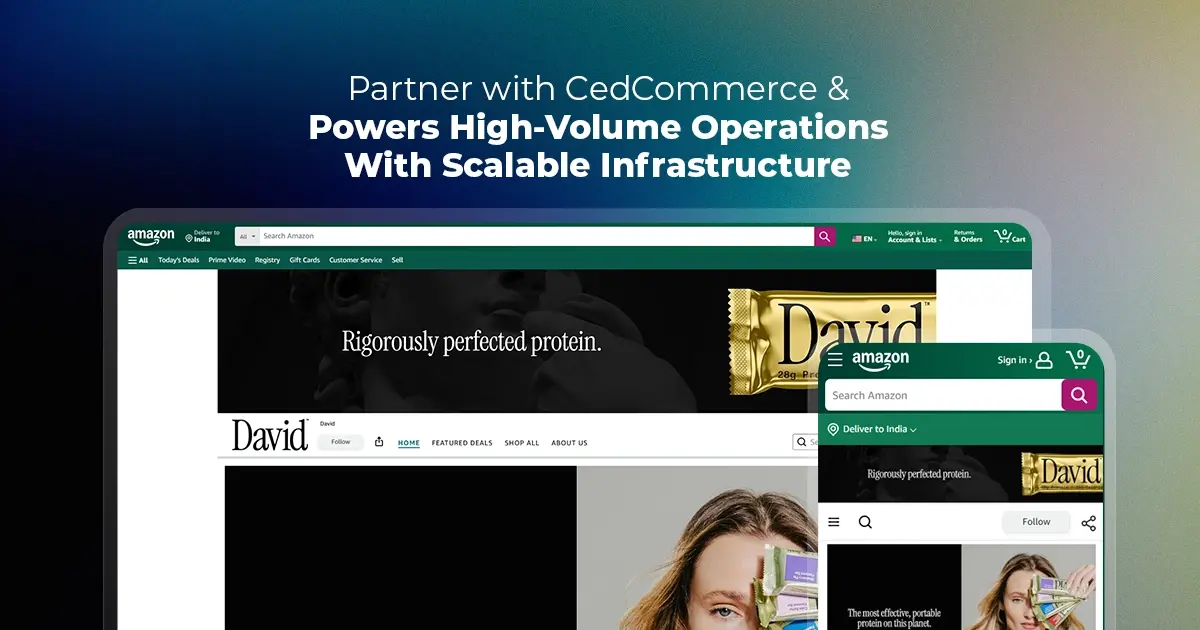
Reading Time: 3 minutesAbout the Company Brand Name: David Protein Industry: Health & Nutrition (Protein…

Reading Time: 3 minutesOnline retail spending in Germany is entering a renewed growth phase after…

Reading Time: 4 minutesTikTok Shop has released a comprehensive Beauty and Personal Care Products Policy,…

Reading Time: 4 minutesTikTok Shop has formally outlined comprehensive requirements for expiration date labeling and…

Reading Time: 3 minutesTikTok Shop is raising its sales commission for merchants across five active…

Reading Time: 11 minutesBy now you have seen your BFCM 2025 numbers. The harder question…
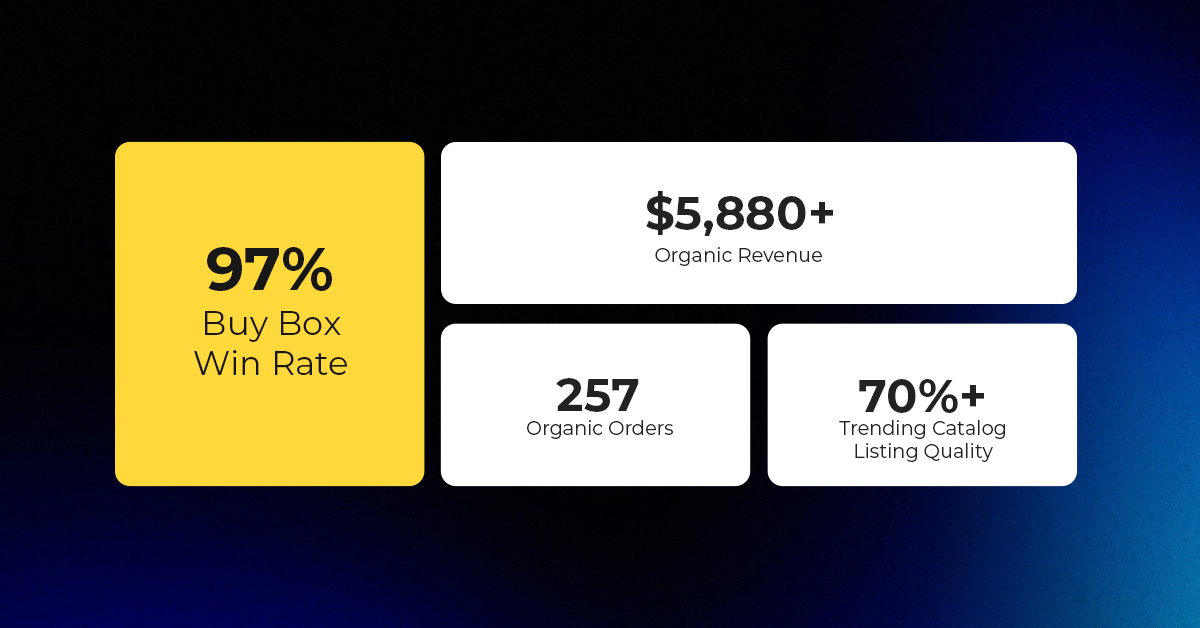
Reading Time: 3 minutesAbout the Brand Name: Vanity Slabs Inc Industry: Trading Slabs- Vanity Slabs…
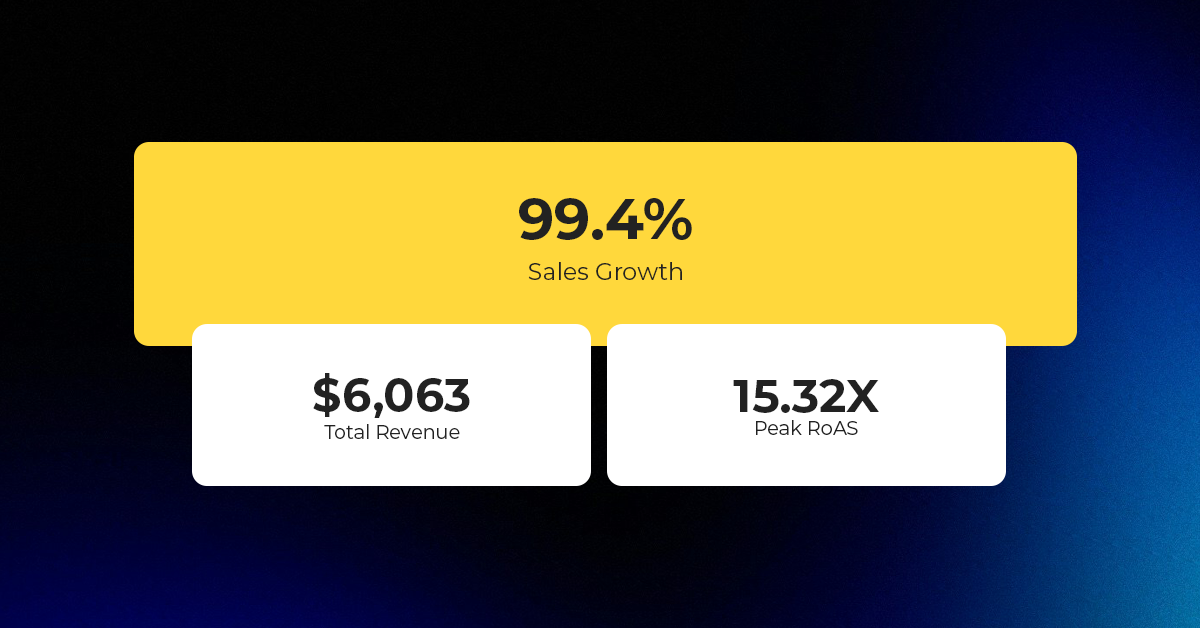
Reading Time: 2 minutesAbout the Brand Name: Ramjet.com Industry: Automotive Parts & Accessories Location: United…
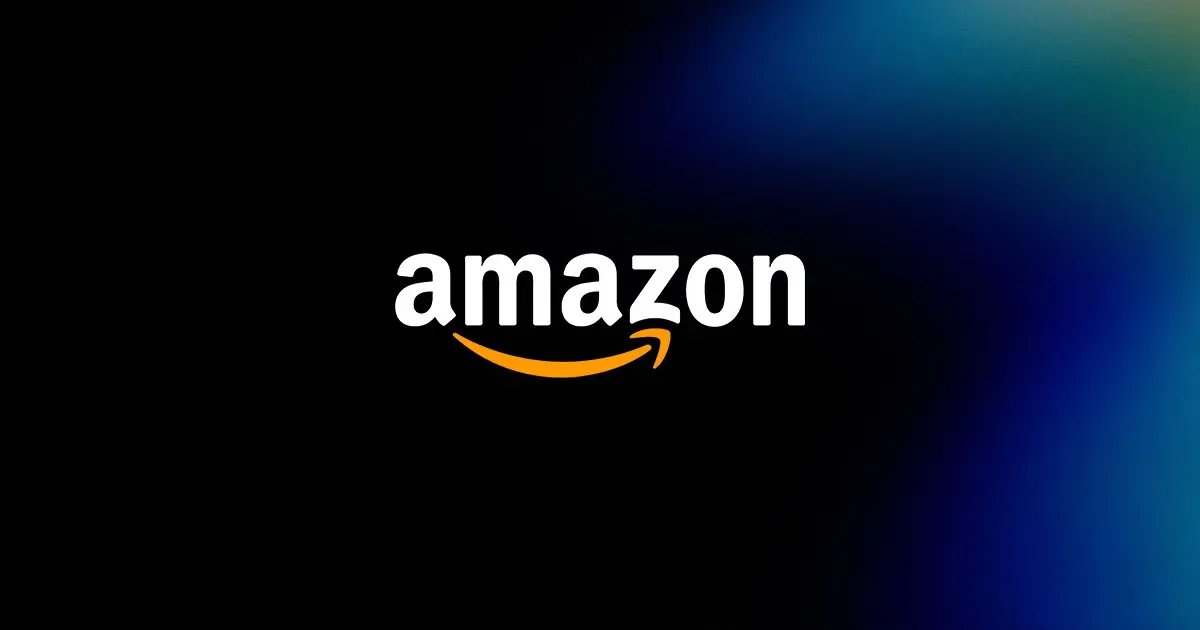
Reading Time: 2 minutesAmazon is rolling out strategic referral fee reductions across five major European…

Reading Time: 4 minutesQuick Summary: Scaling Lifestyle Powersports on eBay with CedCommerce Challenge: Zero marketplace…

Reading Time: 4 minutesTikTok has surpassed 460 million users across Southeast Asia, reinforcing its position…

Reading Time: 3 minuteseBay has released its final seller news update for 2025, with a…

Reading Time: 3 minutesAmazon has clarified its stance regarding speculation around a potential breakup between…
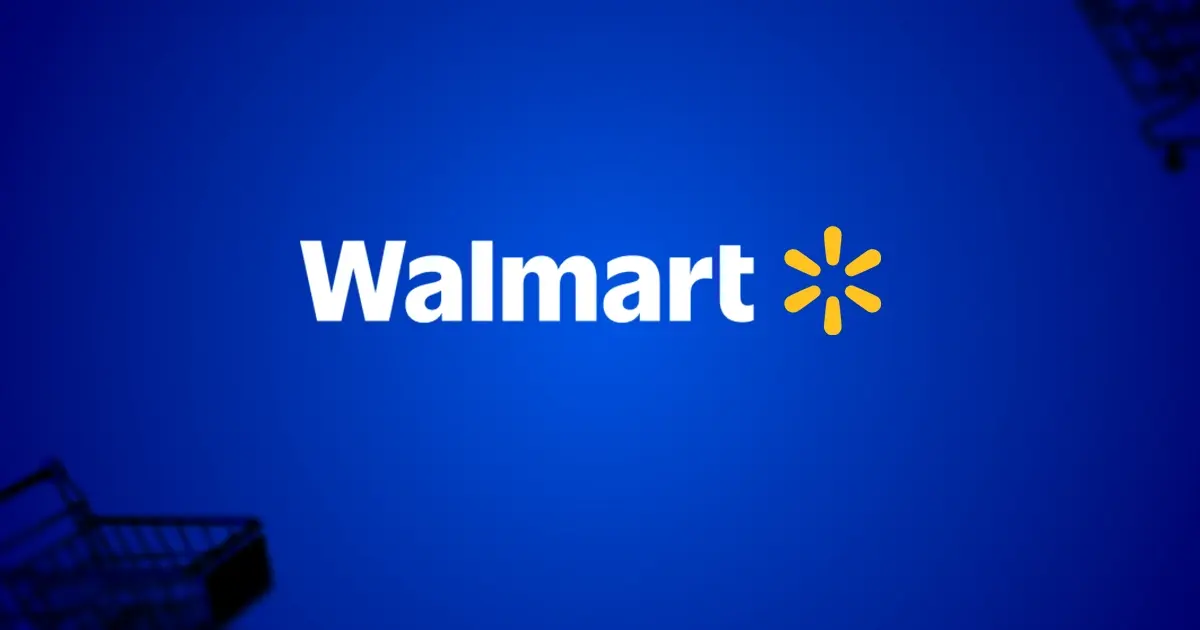
Reading Time: 4 minutesWalmart is accelerating its push into next-generation fulfillment by expanding its drone…

Reading Time: 4 minutesFaire, the fast-growing wholesale marketplace connecting independent retailers with emerging brands, has…

Reading Time: 4 minutesB2B buying in the United States is undergoing a fundamental behavioral shift…
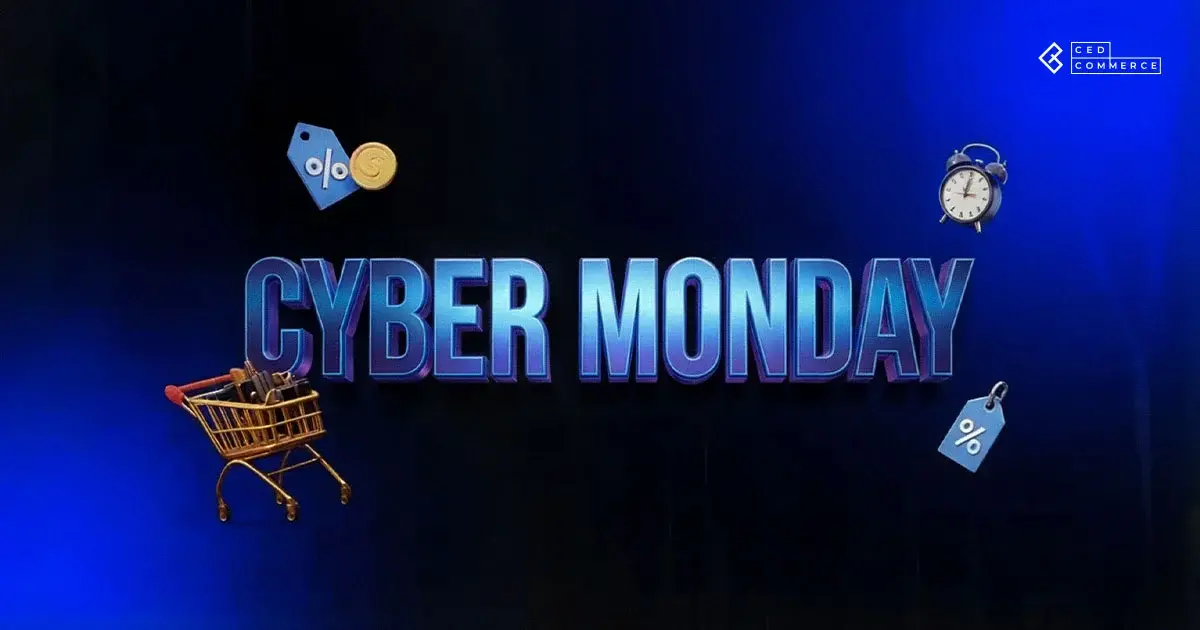
Reading Time: 3 minutesSummary Cyber Monday 2025 has officially become the largest online shopping day…

Reading Time: 2 minutesSummary Amazon kicked off December with two major developments shaping the future…
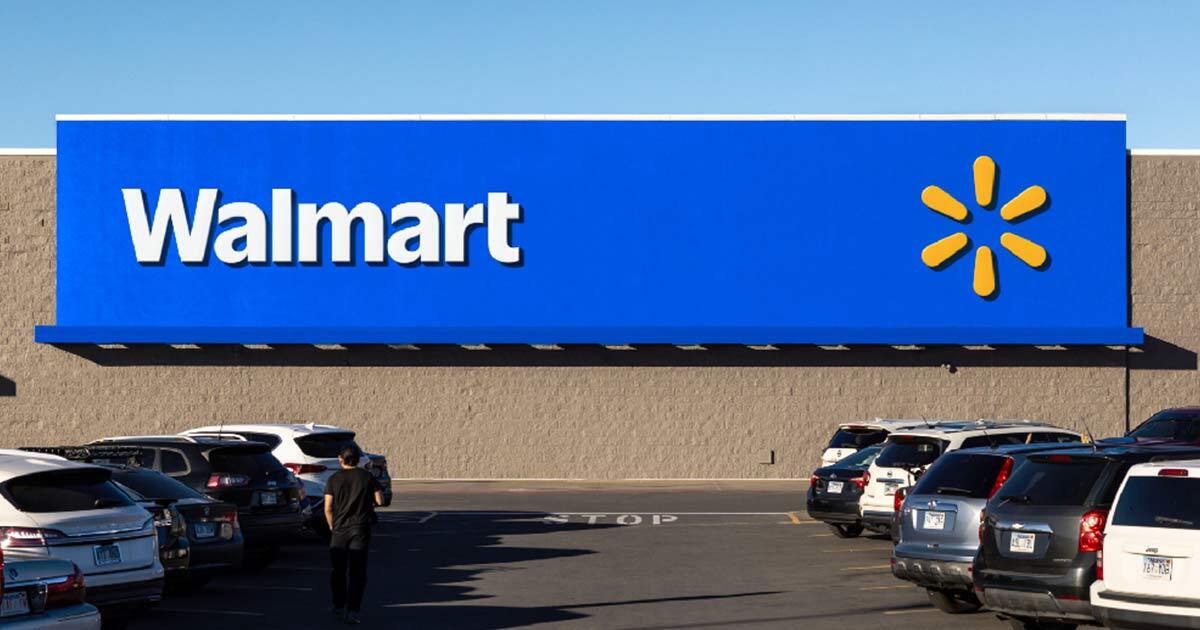
Reading Time: 2 minutesSummary Walmart has entered December with two major moves that signal a…